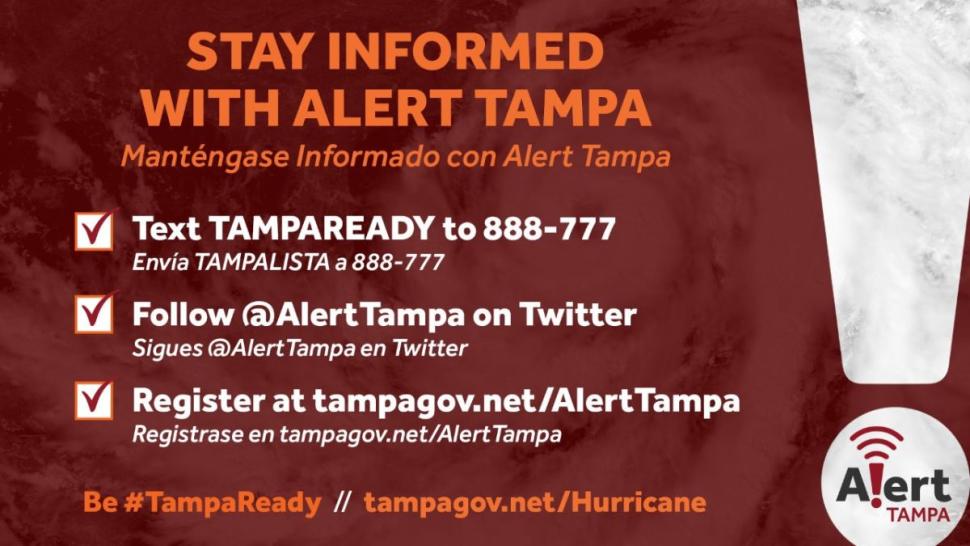Q: When is hurricane season?
A: The Atlantic hurricane season is officially June 1 through November 30, with the peak of the season considered mid-August to mid-October.
Q: What is a hurricane?
A: A tropical cyclone with winds of 74 miles-per-hour (118 kilometers) or greater that occurs in the North Atlantic Ocean, Caribbean Sea, Gulf of Mexico, and in the eastern North Pacific Ocean.
Q: What is a tropical storm?
A: A tropical cyclone with winds between 39 to 73 miles-per-hour (63 kilometers).
Q: What is the difference between a hurricane or topical storm warning and a hurricane or tropical storm watch?
A: A warning is issued when hurricane or tropical storm conditions are expected within 24-36 hours, and a watch when hurricane or tropical storm conditions are possible within 36-48 hours. If a warning or watch is issued, visitors should begin preliminary preparations for potential evacuation of hotels and airport delays or flight cancellations. Residents and visitors should monitor local news and weather reports to learn about potential street flooding from heavy rain or possible storm surge and high winds.
Q: What is the Eye of the storm? What are rain bands?
A: The hurricane eye is a relatively calm area about 20-40 miles in diameter with fare weather including partly cloudy skies and light winds. The eye wall, the area surrounding the eye is the most precarious with dense clouds and the highest force winds of a storm. The storm's outer rain bands are the bands of clouds and thunderstorms that trail away from the eye wall in a spiral fashion and are capable of producing heavy bursts of rain and wind that can extend outward from 25 miles in a small hurricane to more than 150 miles for a large one. The right side of a hurricane is usually the most dangerous in terms of storm surge, winds, and tornadoes. Be advised to stay indoors while the eye passes, it is by no means the end of the storm.
Q:Is it safe to travel to Tampa Bay during hurricane season?
A: It is a great time of year for vacationers to travel to Tampa Bay. During the summer and fall months there are excellent opportunities to take advantage of the value season in the destination. As with most weather occurrences, nature is unpredictable. Fortunately with hurricanes, there is usually ample time to prepare for a possible storm affecting the area.



